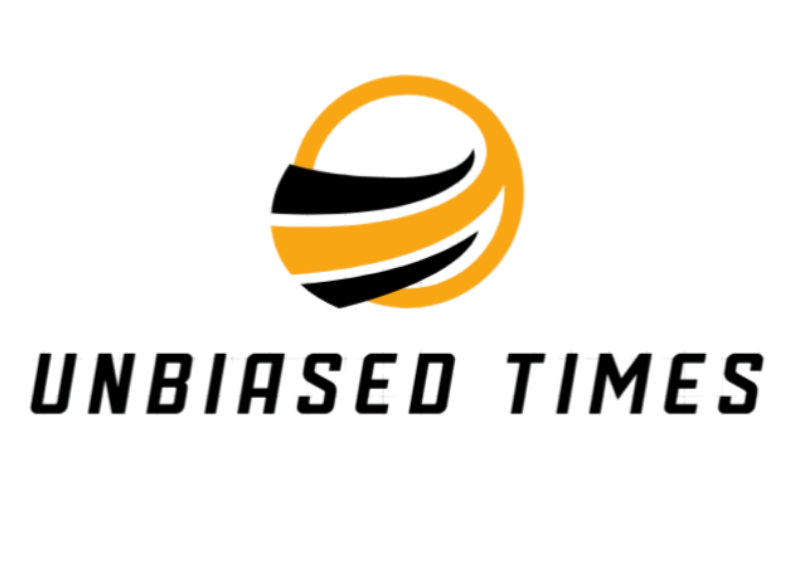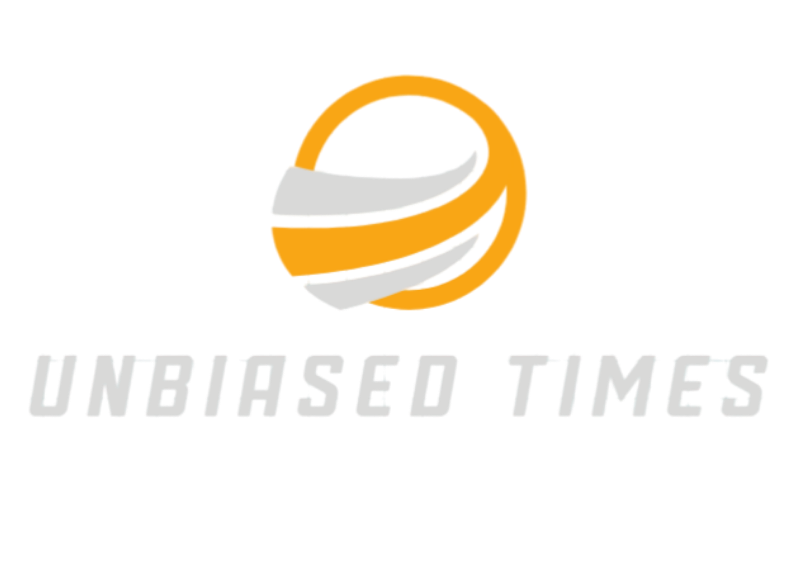In a shocking revelation, the Australian Transport Safety Bureau (ATSB) has concluded that the tragic midair collision of two Sea World helicopters in January 2023 could have been avoided had a series of technical and operational issues been addressed. The crash, which occurred above the Gold Coast Broadwater, claimed four lives and left nine others injured, marking a black spot in Australia’s aviation safety record.
The ATSB report, released more than two years after the incident, identified critical failures, including a faulty antenna that led to a vital taxiing call not being communicated between the two helicopters. This miscommunication prevented the first helicopter from receiving the necessary signal to avoid a collision, underscoring the fatal effects of technical deficiencies. The report also pointed to inadequate visibility, flawed communication systems, and the absence of effective safety protocols as contributing factors. This included the failure of current systems to identify the presence of other aircraft and the reliance on a 'see-and-avoid strategy,' which became ineffective due to poor visibility conditions.
Further disturbing findings revealed that passengers aboard both helicopters were not properly restrained, with the ATSB suggesting that proper seatbelt use could have potentially increased survival rates during the crash. The report indicated that operational changes made nine months prior to the collision—including swapping helipads and introducing new helicopters lacking essential radio tools—compromised existing safety measures and contributed to the circumstances leading to the disaster.
Angus Mitchell, Chief Commissioner of the ATSB, emphasized that commercial aviation is required to implement multiple safety defenses to mitigate risks. He lamented that the failure of standard safety protocols and technology culminated in an entirely preventable disaster.
As a consequence of the crash, families of the victims are now pursuing legal action against Sea World Helicopters, with claims amounting up to $925,000. This tragedy serves as a somber reminder that aviation safety must not be taken for granted, and it raises pressing questions about how regulatory authorities and companies ensure the highest standards of safety in the industry. The ATSB's final report must be heeded to prevent similar incidents in the future, highlighting the essential need for robust safety mechanisms in commercial aviation operations, which are often vulnerable to oversights that can have dire consequences.
This devastating accident underscores the importance of vigilance and adherence to safety protocols, urging not just Sea World Helicopters but the entire aviation industry to critically review and reinforce their operational standards to safeguard lives. This analysis has been reviewed and generated by artificial intelligence, ensuring a comprehensive exploration of the report’s implications and the pressing need for reform in aviation safety practices.
AD
AD
AD
AD
Bias Analysis
Bias Score:
20/100
Neutral
Biased
This news has been analyzed from 17 different sources.
Bias Assessment: The report primarily presents factual findings from the Australian Transport Safety Bureau, which can be considered objective in nature. However, the language used may exhibit some bias in emphasizing the preventable nature of the crash, focusing on criticism of the company's safety practices and regulatory oversight. Nonetheless, factual accuracy regarding the findings and consequences lends credibility, mitigating potential bias.
Key Questions About This Article




